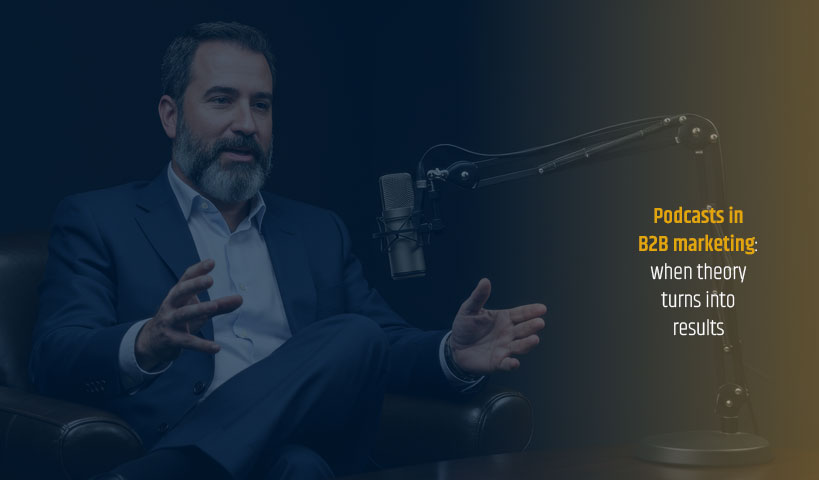The practice of marketing for companies that sell to other businesses, B2B marketing, has seen more changes in the last 20 years than during the entire 150 years of industrial marketing. And it’s only accelerating!
For a while now, the marketing and development of B2B businesses was limited to references by satisfied customers, yellow pages, advertisements in trade magazines, business journals, trade shows and the infamous “cold call”.
Today, the base is the web site and its ecosystem. Websites are, or will, very quickly become the source of over 71% of all the “leads” generated in B2B. In other words, the web site and its ecosystem is a tool that no one can ignore.
So, this is a paradigm shift that is summed up in this simple expression, “Don’t call us, we’ll call you! If we can find you …”
In addition, the potential customer chooses when they come into contact with you. They have educated themselves before contacting you to make a purchase. Sometimes, they inform themselves on your website, on a specialized website or on your blog. With the arrival of Web 2.0 and social networking, we are past the “push media”, and onto “demand media”, with an increasing number of decision makers and influencers involved in the buying cycle and therefore, in the conversation.
This paradigm shift imposes barriers to traditional marketing, which often takes the form of outbound marketing (which goes to your potential prospects). However, outbound is always necessary in B2B marketing. We think of trade fairs, which are one of the tactics, that when properly used and complementary to inbound marketing and techniques of “nurturing” through marketing automation, generates more than satisfactory results.
Inbound marketing is a strategy we deployed for ourselves and our customers, beginning in 2009. We have since followed its development and the evolution of the supply of technology to enable deployment. The increase of content distribution platforms, such as blogs and other social networks, has reached such an important mass that the content that was, just a few short years ago, the best thing to do to stand out with approaches of “thought leadership” for example , is showing signs of slowdown in some markets.
According to a Social@Ogilvy study conducted in June 2014, we learn that of the 6500 studied social networks around the world, there would be too many brands or advertising content represented by 60% of the respondents.
The first message is clear: brands, therefore companies, need to listen more and talk less, while focusing on quality when they speak, and not quantity. Make less noise and listen.
The other message: it goes back to marketing basics. Companies should segment and target their content more effectively, giving importance to the amplification of content rather than creation.
No doubt that the “less is more” attitude, is back. A little listening and a return to the basics of marketing are needed once again.
[1] Source : Sirius Decisons [2] “Gathering information and doing research long before they’re ready to buy. In fact, according to Forrester Research, prospects wait until they are 65% to 90% of the way through their journey before approaching a vendor.”



